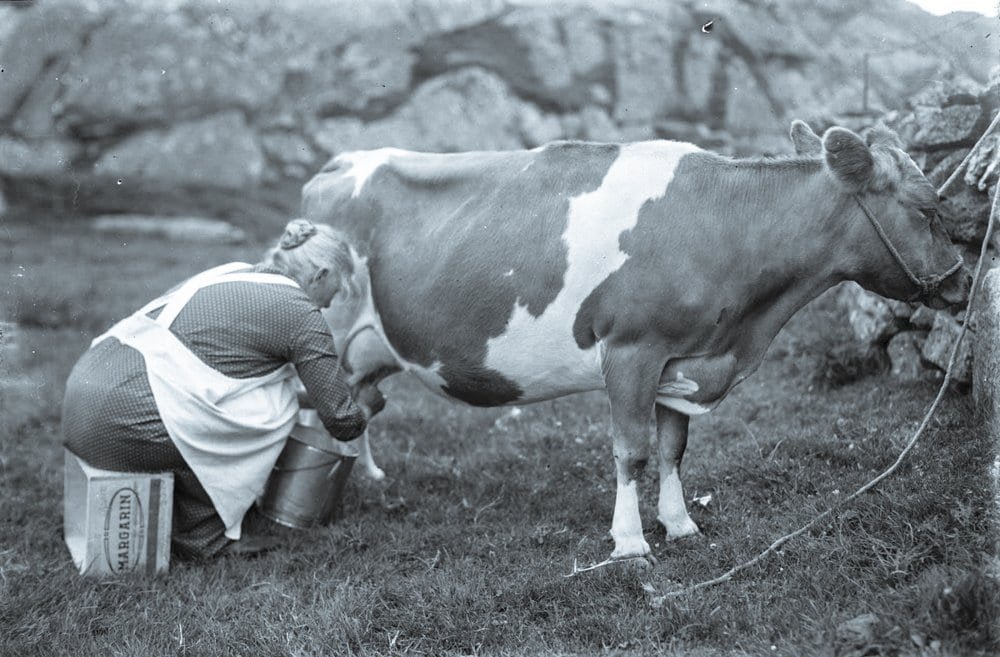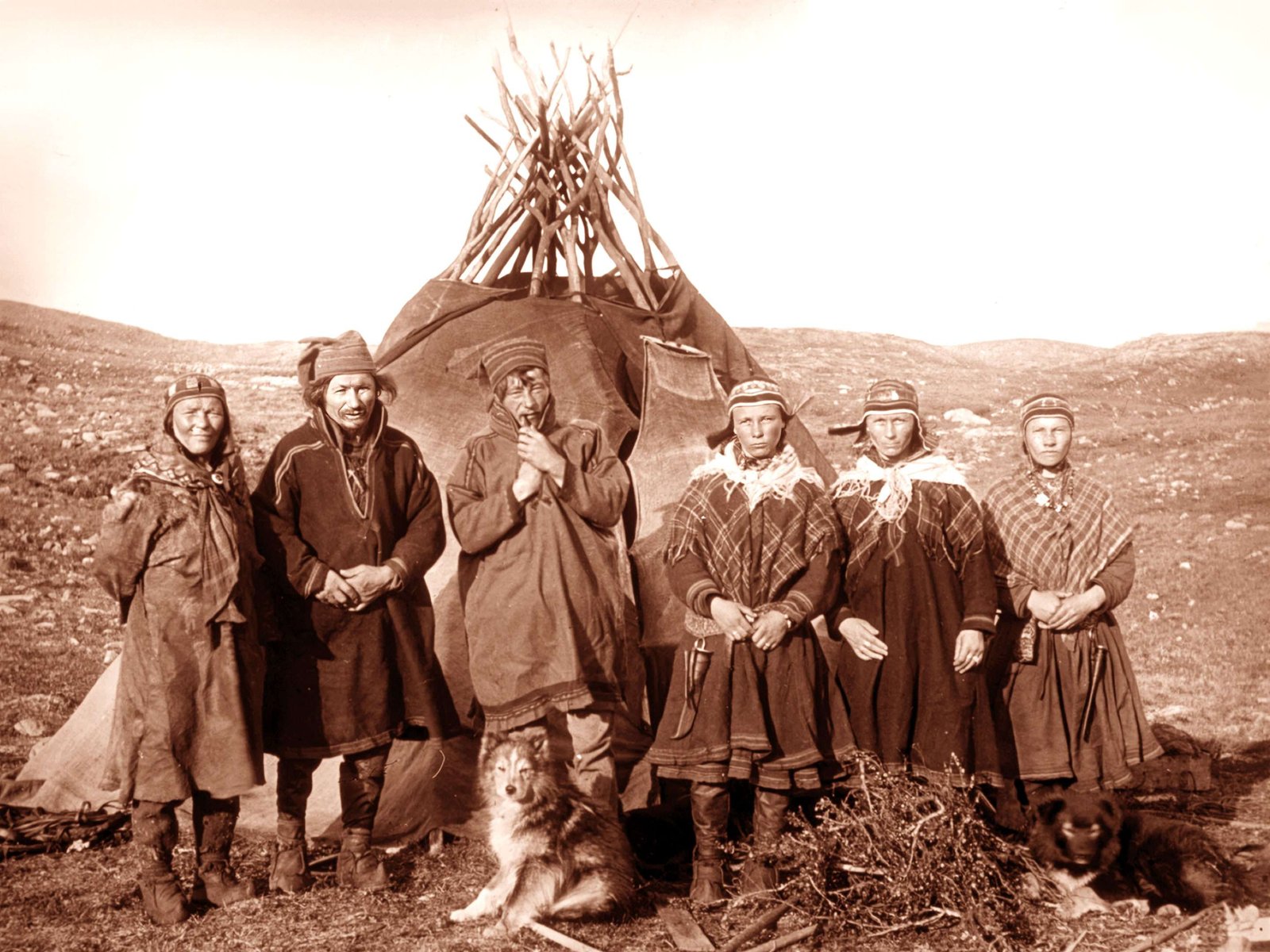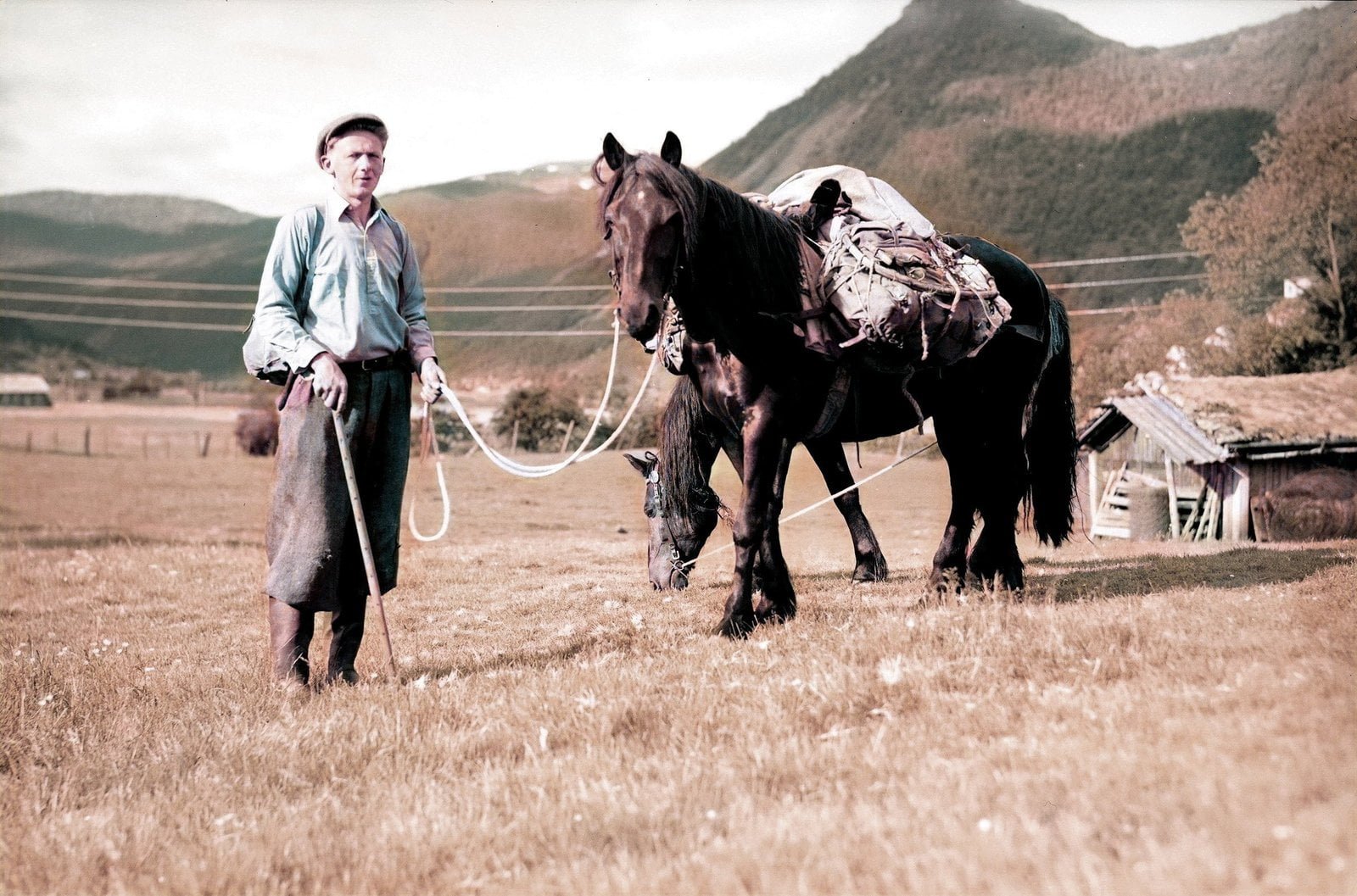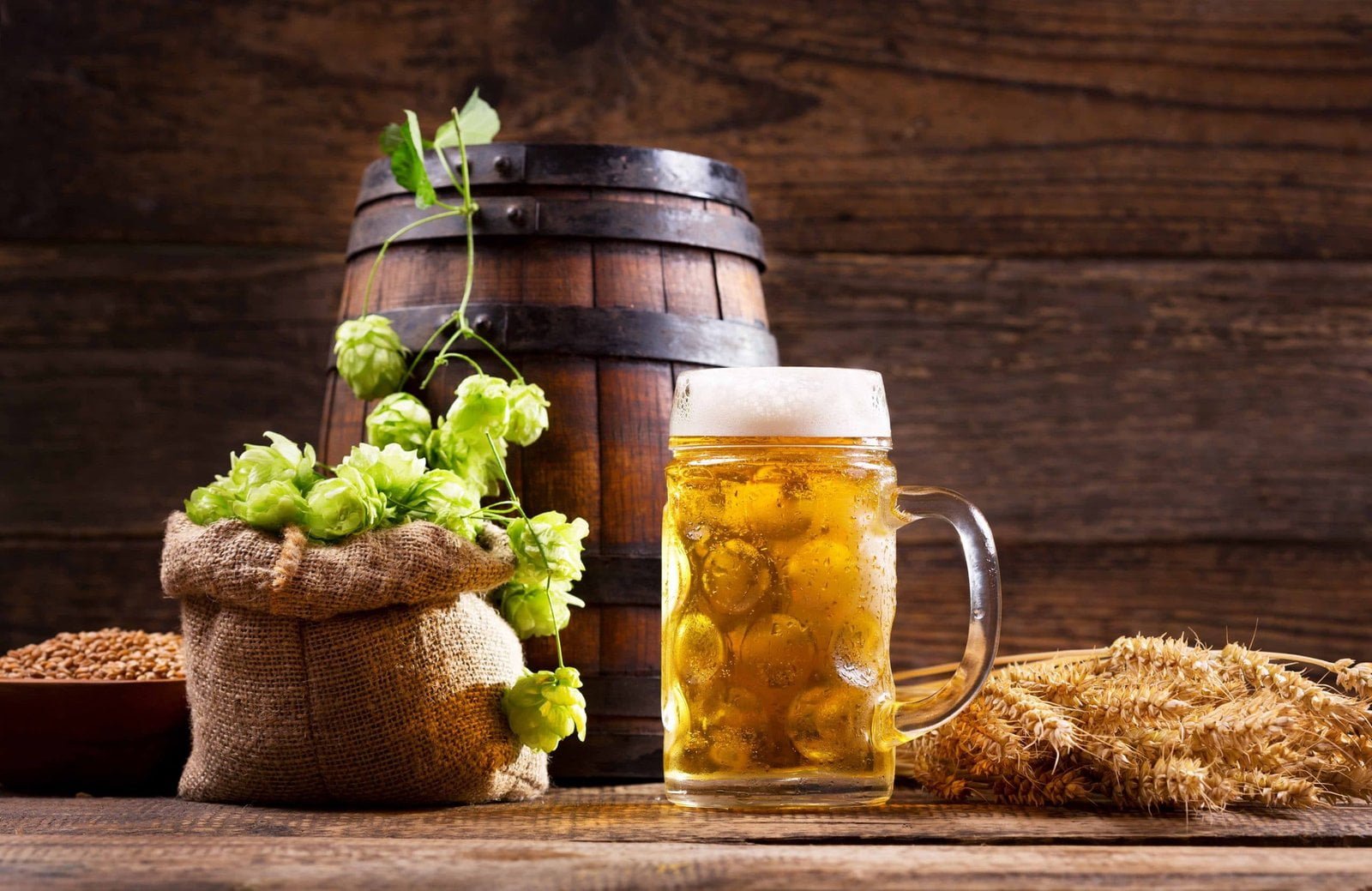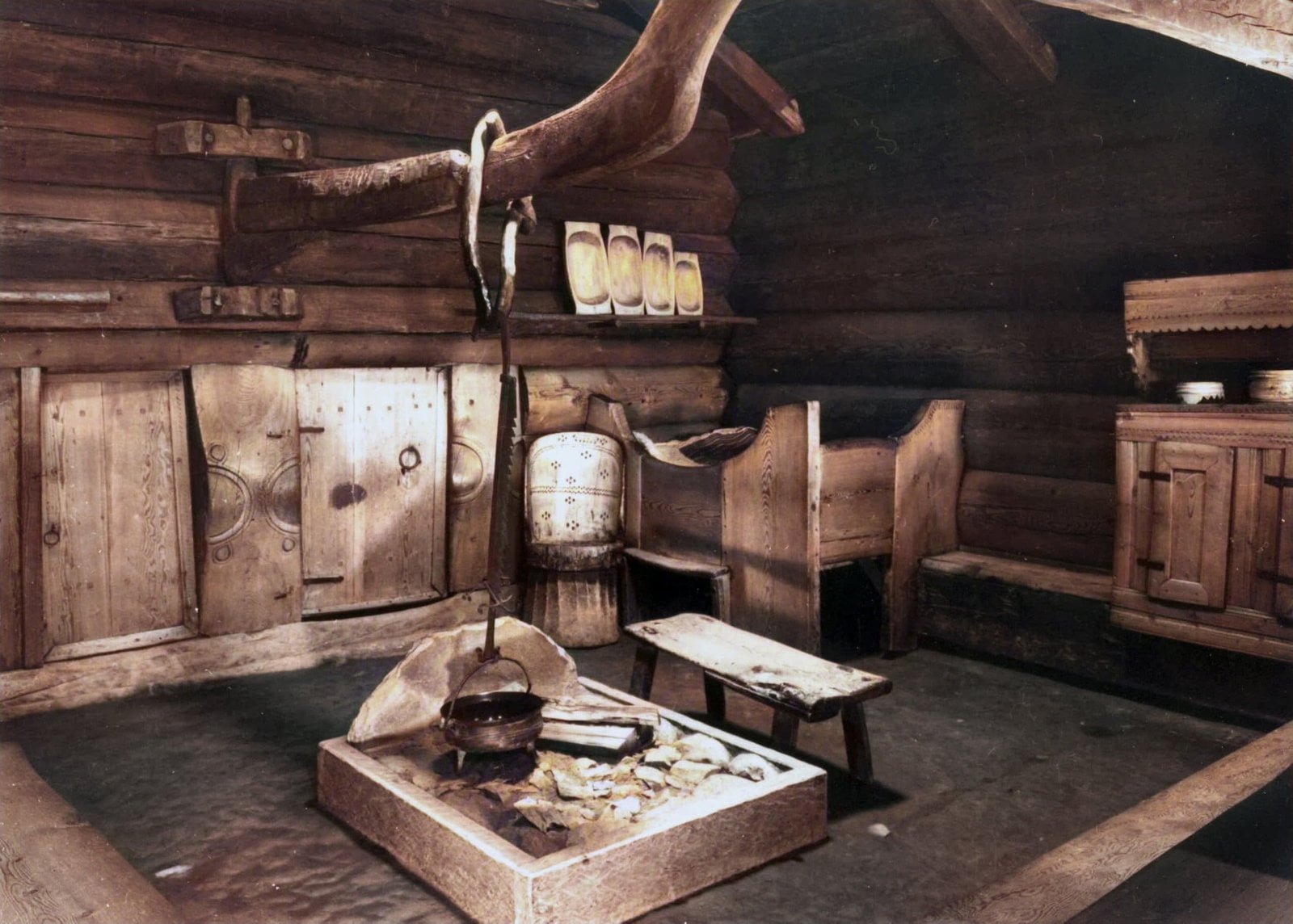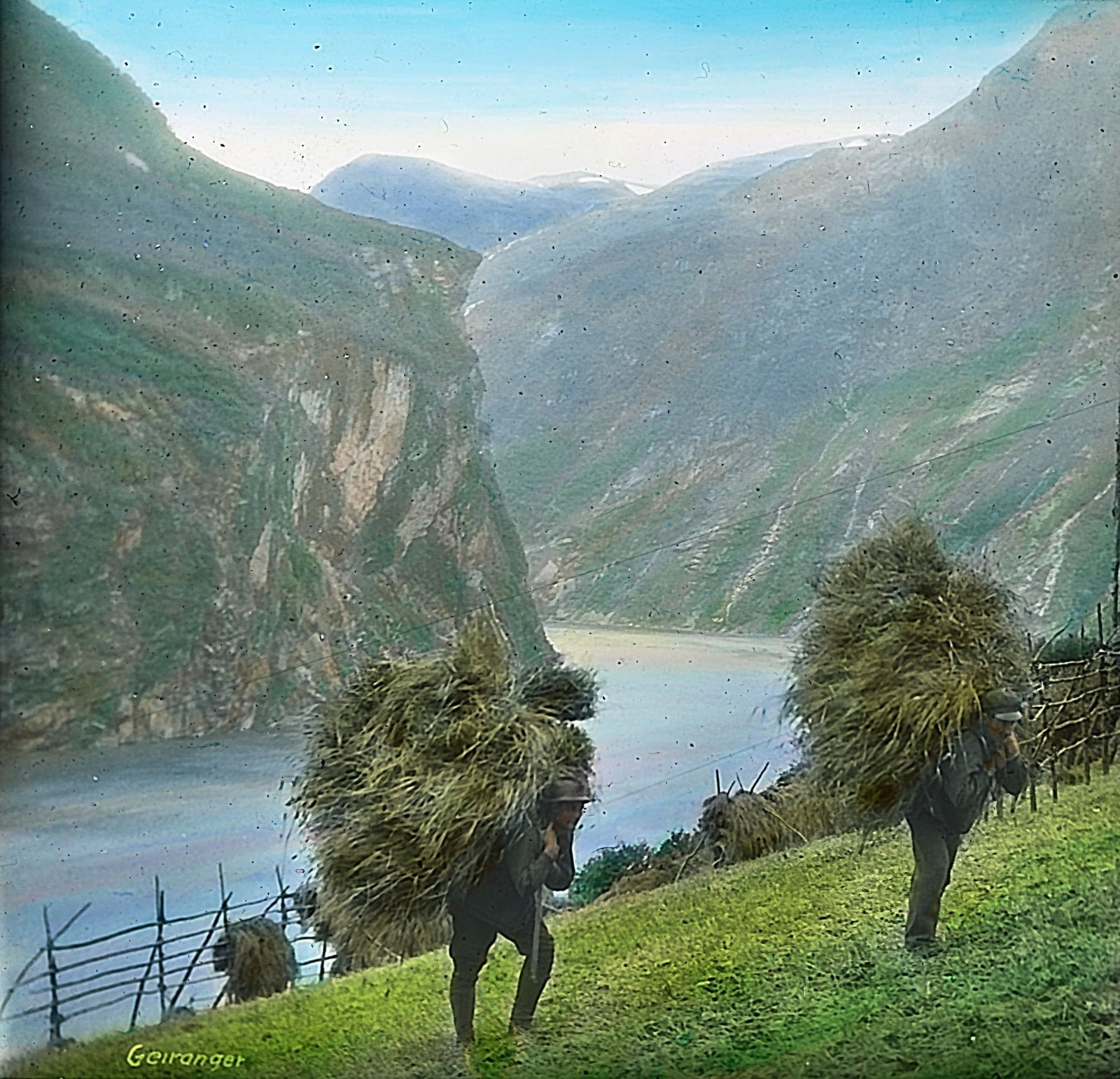Halvor Floden (1884-1956) was a Norwegian teacher and writer. He grew up on the remote farm Kvanbekksetra, in the mountainous and forest-rich region of Trysil, in Hedmark, Norway. This post is based on his childhood memories.
Hard work
As with most things on the old Norwegian mountain farm, doing the laundry was hard work. It was all manual, took most of a day, and the tools were simple.
In my childhood, the household chores were my mother’s domain – and her name was Tea Pettersdotter Skjærholden.
A laundry-station by the creek
On our farm, Kvanbekkssetra, the laundry-station was set up by a nearby mountain creek, with access to ample amounts of clean, cold, and running water.
In the winter, the actual soaking and washing of the laundry took place indoors, but the clothes had to be brought outside to the creek for rinsing.
On a frosty winter’s day, my mother had to hack her way through the ice with an axe. Rinsing and wringing out the wet clothes was a freezing experience.
The tools
The laundry set-up was quite simple. It comprised:
- a big metal laundry-pan,
- some large and stable stones used to lift the pan off the ground,
- a fire under the pan,
- lots of firewood,
- a large wooden container or two,
- a large stick to stir with,
- a washing-paddle – et banketre, and
- ash from the fireplace and a pouch to put it in.
Later, my mother also got a metal washboard – et vaskebrett – which made the washing process a bit easier.
Making potash and soap
The laundry-process started by lighting the fire, and then filling the pan with water.
Next, my mother slipped a pouch filled with ash from the fireplace into the pan. The pouch was left in the water until it started boiling.
The combination of boiling water and ash create a chemical solution often referred to as potash – pottaske – or as we called it in Kvanbekksetra: lut. The potash dissolves grease and removes most stains.
Once or twice a year my mother also made soap, by dissolving animal fat in a more concentrated potash solution. This soap was rubbed into stains particularly difficult to remove.
Adding the clothes to the boiling water
After having removed the pouch with ash from the pan, it was time to get the laundry into the piping hot water; except for garments made of wool.
Clothes made of wool received a separate and much more gentle treatment, and were left to soak in a separate container, with soap dissolved in lukewarm water.
The rest of the laundry was left in the hot water for a good while, occasionally moved about with a stick.
Let the handwashing begin
One-by-one, the garments were moved over to a separate wooden container, also filled with potash-water, as hot as my mother’s hands could bear to be in.
Each piece of clothing was squeezed, rubbed, and wrung out – and this continued until my mother felt that they were ready for the next step.
Before the age of the washboard, this next step was using a washing-paddle to beat the garments against a rock or a wooden plank.
The purpose of the squeezing, rubbing, and beating, was to push the water through the fabric to remove dirt.
When the washboard appeared in our community, my mother stopped using the washing-paddle, and rather spent more time rubbing and squeezing the garment up and down the metal ridges of the board.
Rinsing and drying
The next step, rinsing the clothes in the flowing creek, was maybe the most unpleasant part of the process – and sometimes the coldest. On our farm, we were lucky to have the creek nearby, and access to lots of running and clean water.
Wringing out a large piece of cloth is quite the challenge, and is often best performed by two people working together. And who better to assist, than the children on the farm.
Finally, it was time to hang up the clothes to dry. If the weather was warm, the garments were laid out onto the grass to dry in the sun.
No one can say that our foremothers weren’t inventive and hardworking, because indeed they were. And in many parts of the world, this is how people do their laundry even today.
Source: Floden, Halvor. Ein Fjellgard. Fregn Forlag 2018. | EGP.00055



